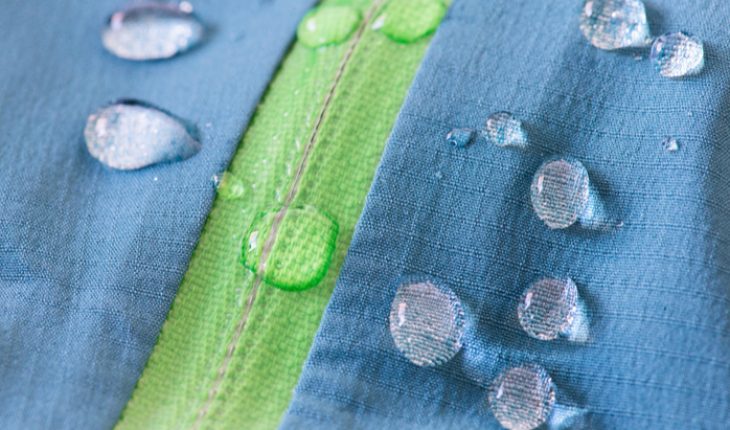Should you go for a Gore-Tex nose job? When American entrepreneur Bob Gore created Expanded Polytetrafluoroetylene, or ‘ePTFE’ for short, in the 1960s, it proved revolutionary for all sorts of reasons.
The material – Gore-Tex – is perhaps most famous for being used in outdoor jackets and trousers, thanks to properties that make it both waterproof and breathable. And as well featuring in everything from guitar strings to cables used on the Mars Rover, it’s also a key material in countless medical implants worldwide.
Yet when it comes to Gore-Tex implants for rhinoplasty, it’s fair to say that surgeons and patients have been left to ponder the potential benefits and drawbacks as they wade through a sea of mixed messages.
The issue concerns implants for the nose in general.
For many years, silicone implants were deemed to have high complication rates when it came to rhinoplasty. They developed a poor reputation among surgeons, and unfortunately the stigma stuck.
That meant that Gore-Tex implants, or Gore-Tex coated implants, were also tarred with the same brush, despite being an altogether different proposition compared with pure silicone implants.
Many purist surgeons will still always suggest using cartilage grafts, from the rib or ear, instead of a fabricated implant – despite the fact that harvesting such grafts comes with other risks, as well additional scarring for the patient.
And, in my opinion, you dismiss Gore-Tex implants at your peril. Personally, I’ve been using either pure Gore-Tex implants, or silicone implants coated with a Gore-Tex cover, for nose, cheek and chin operations for more than 15 years.
I prefer the pure Gore-Tex implants for rhinoplasty.
Now a new scientific 11 year study, published in the journal JAMA Facial Plastic Surgery, appears to shed new light on the subject.
Experts from the Department of Plastic and Reconstructive Surgery, Shanghai Ninth People’s Hospital and Shanghai Jiao Tong University School of Medicine analysed 129 patients undergoing rhinoplasty using ePTFE, particularly in building-up the tip and bridges of noses.
And Dr Yifa Gu reported how use of Gore-Tex implants not only cuts down surgery time – typically by as much as 40 minutes on average – but also reduces the risk of implant rejection.
He said, ‘A new technique using ePTFE alone for augmentation of the nasal tip and nasal dorsum achieved safe, attractive, and acceptable outcomes in nasal contouring and patient satisfaction.’ That’s extremely important information for rhinoplasty surgeons like myself, and one that needs to be taken into consideration when implementing a rhinoplasty strategy.
After all, we’re talking about one of the most popular procedures among patients in the UK.
According to figures recently supplied by the British Association of Aesthetic Plastic Surgeons, there were 2,751 Rhinoplasty ops in the UK last year – a rise of 2% on 2016 and which bucks the trend of a general fall in cosmetic surgery overall.
Meanwhile rhinoplasty is also the no.1 most popular choice of cosmetic surgery among men – and showing a 5 per cent rise since 2016. Let’s not fall into the trap of failing to give patients the case possible care due to pre-conceived notions that may now be simply outdated.
- Psychiatric Assessments Creating Depression and Suicide among Trans Patients - 19th June 2019
- Why I Support The Government Stance On Textured Breast Implants - 20th May 2019
- Let’s Not Be Quick To Dismiss ‘Breast Implant Illness’ - 29th April 2019






